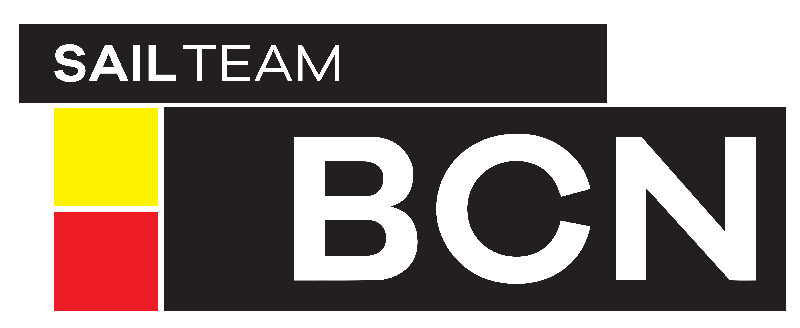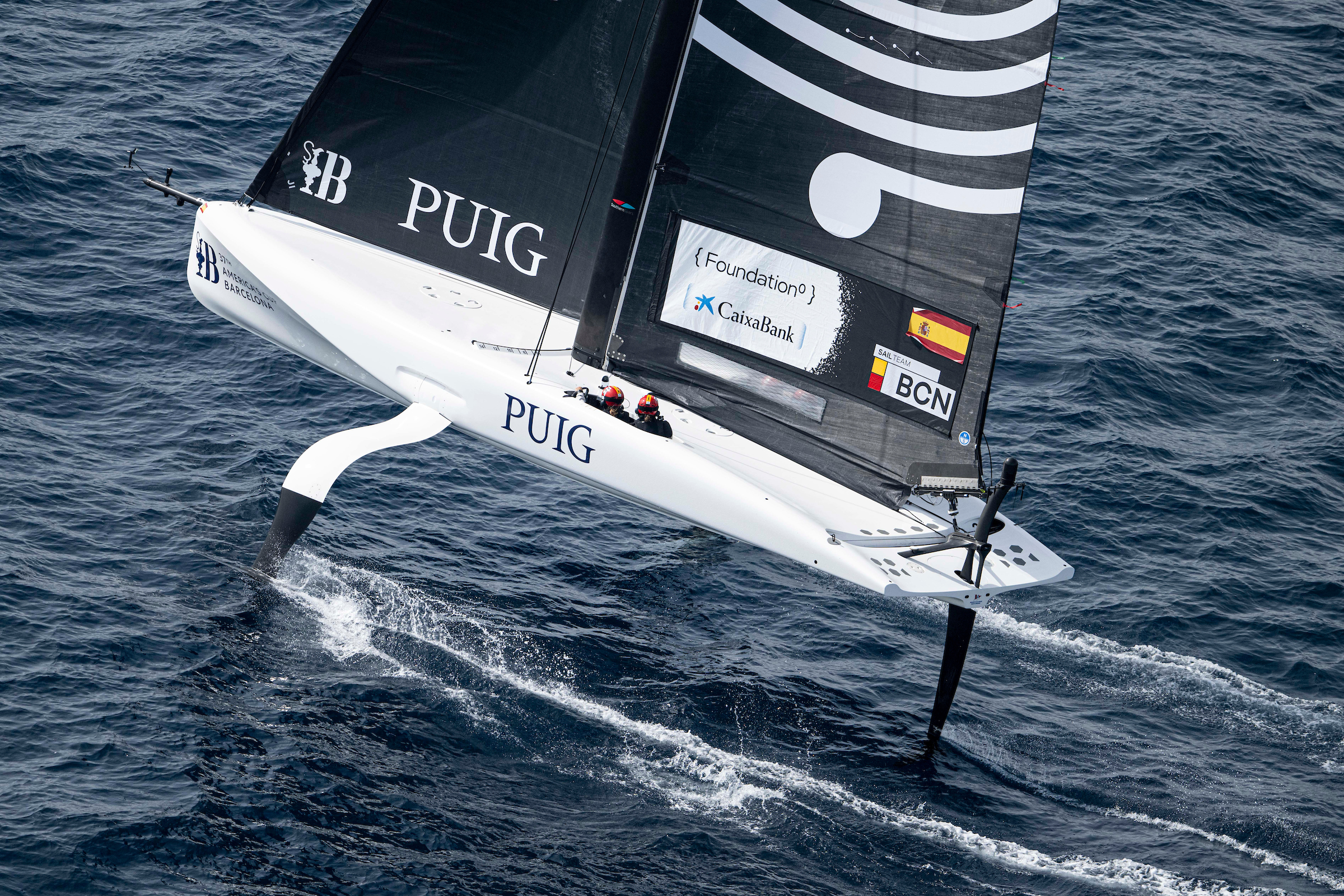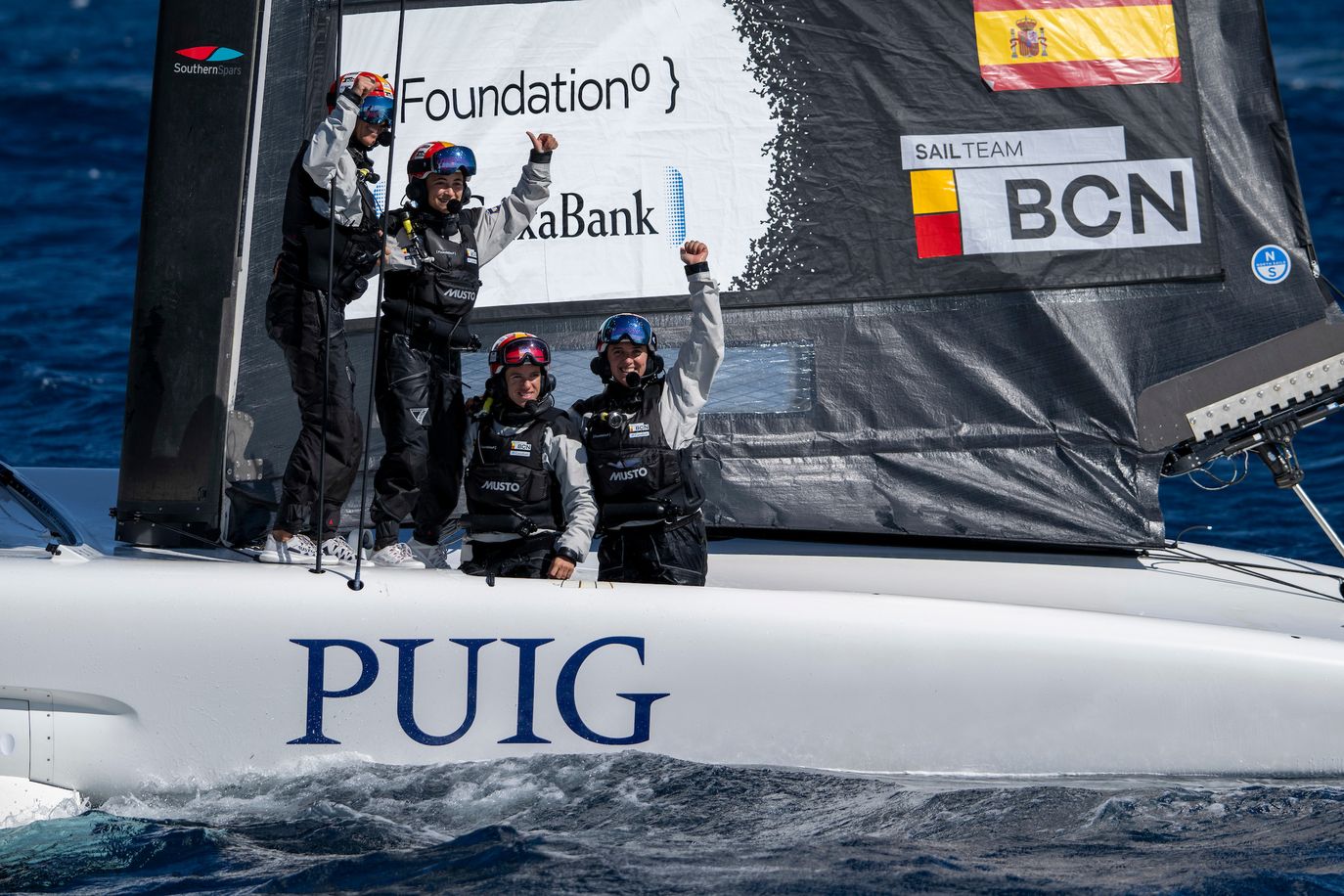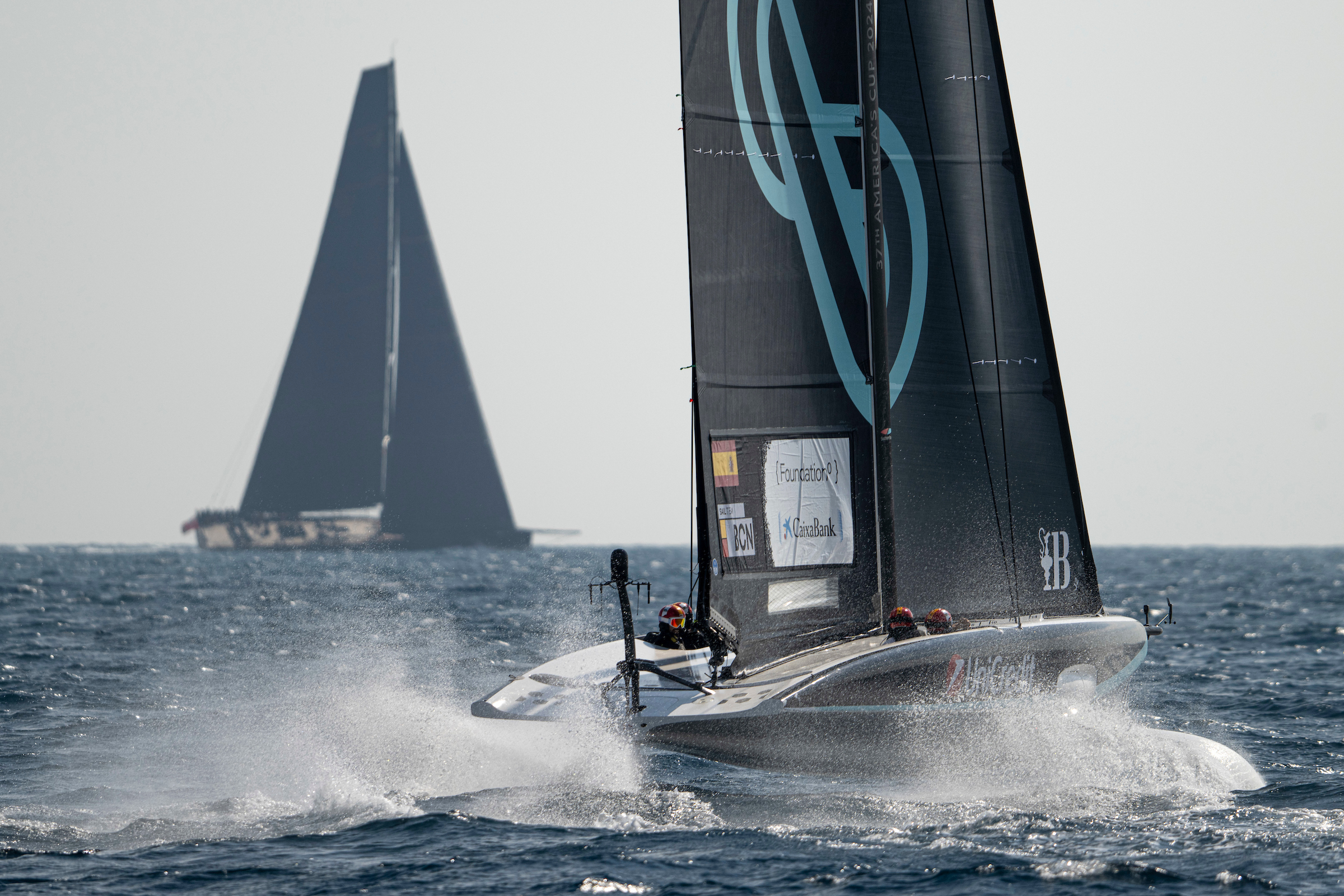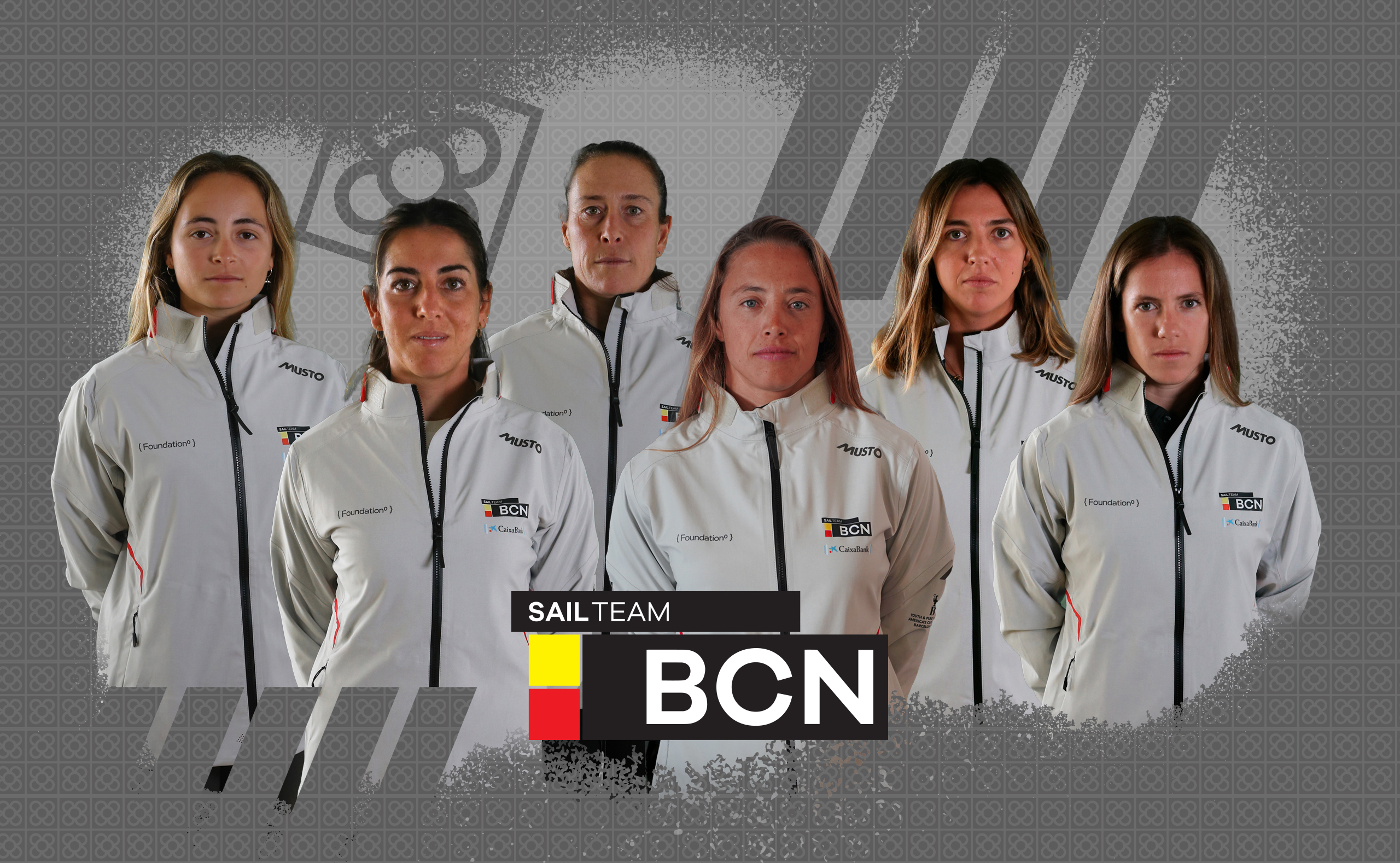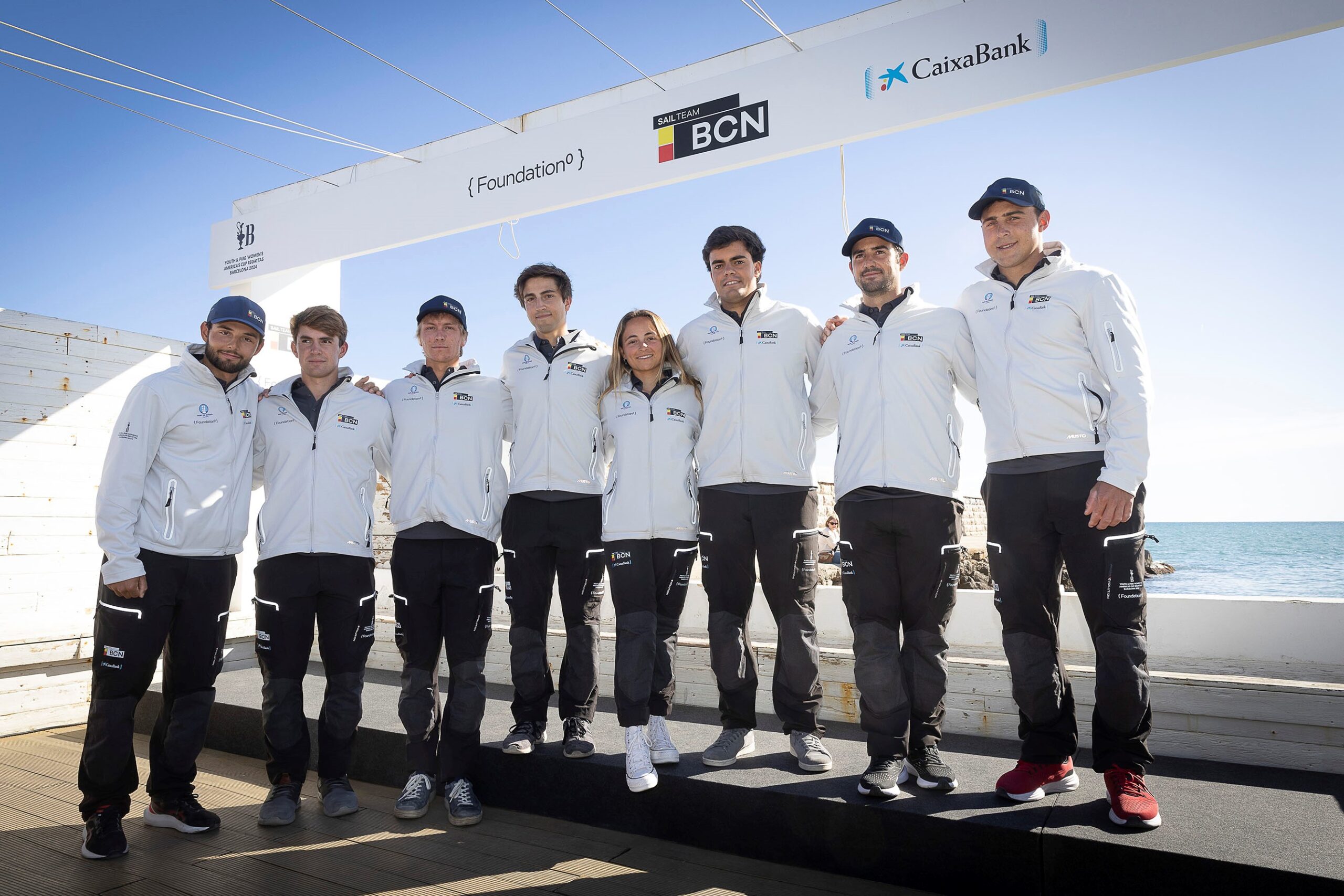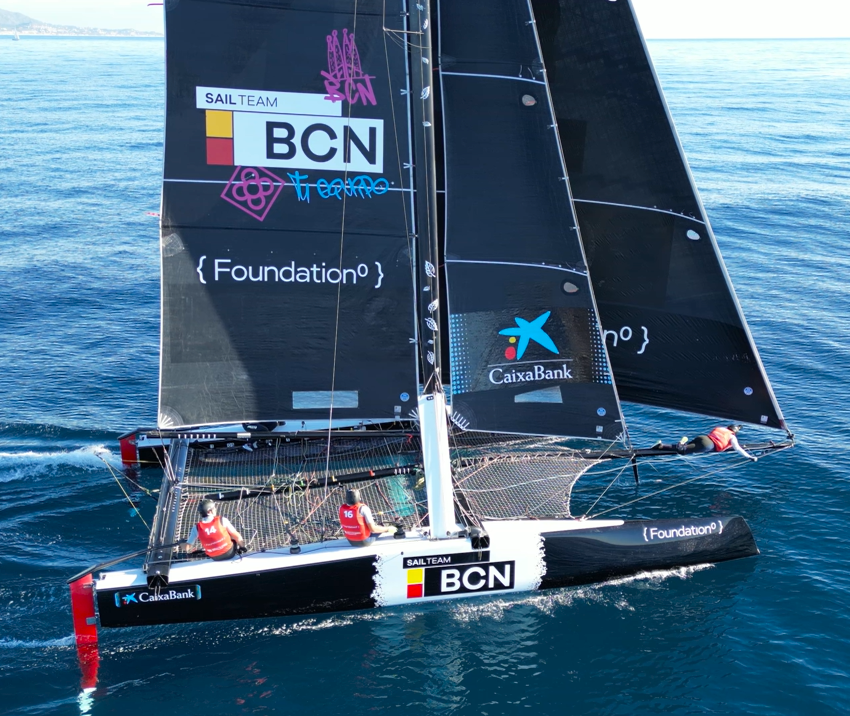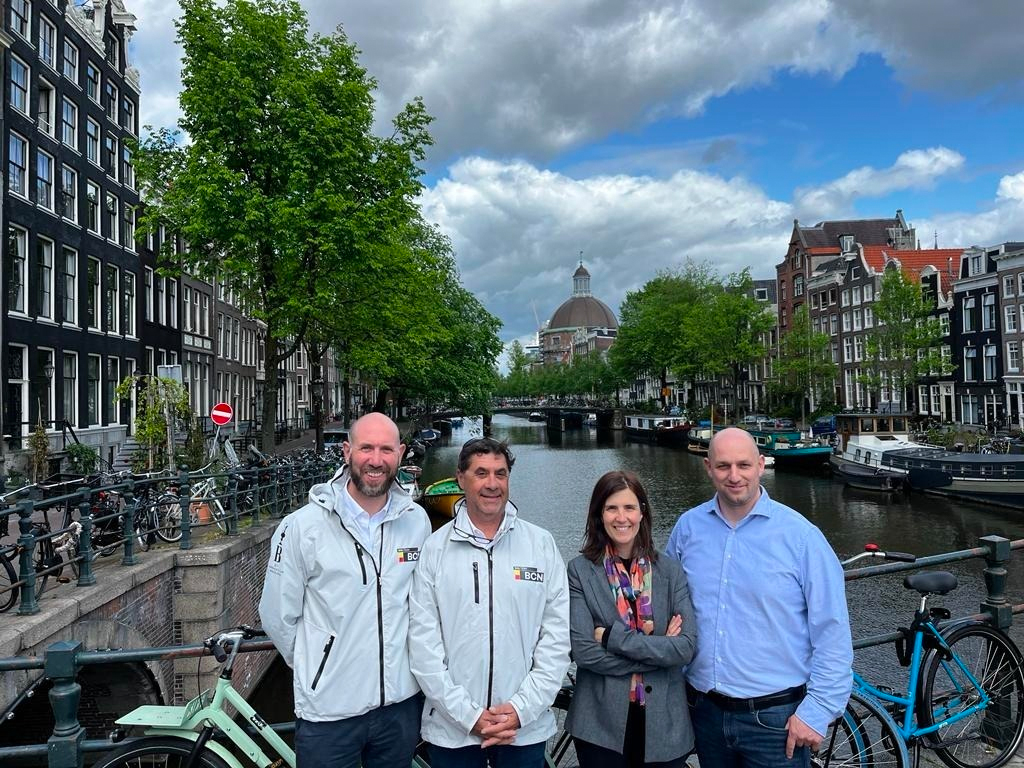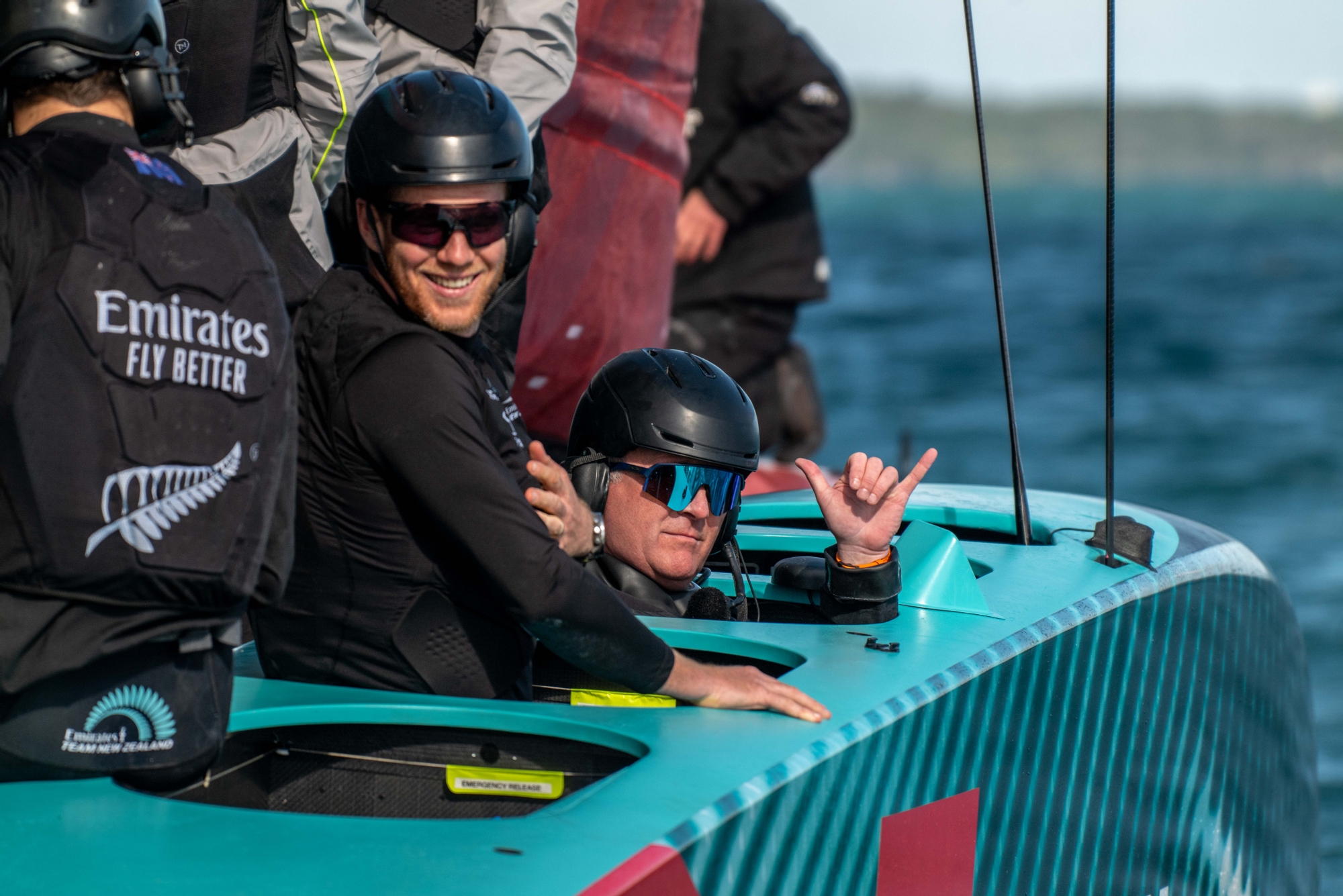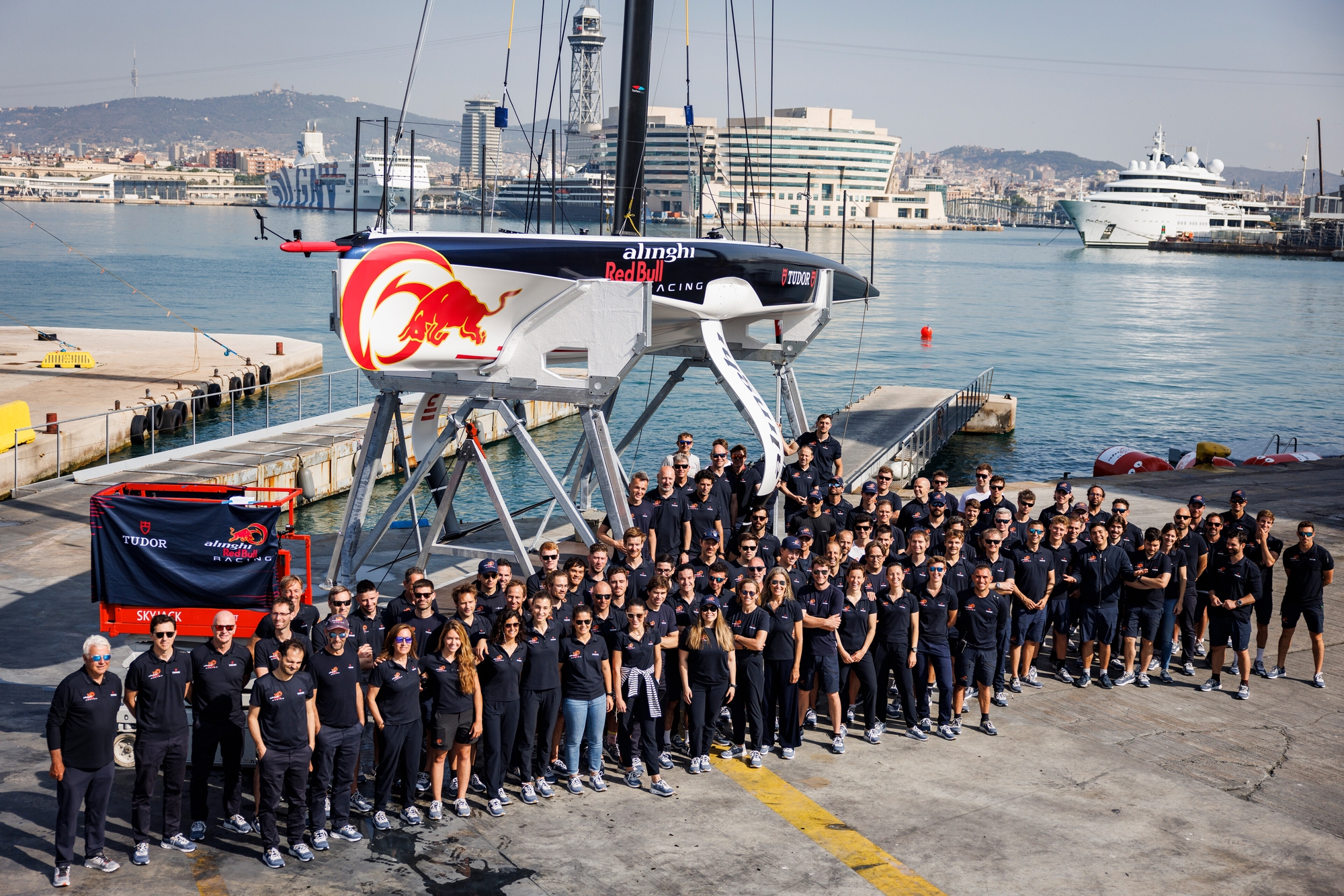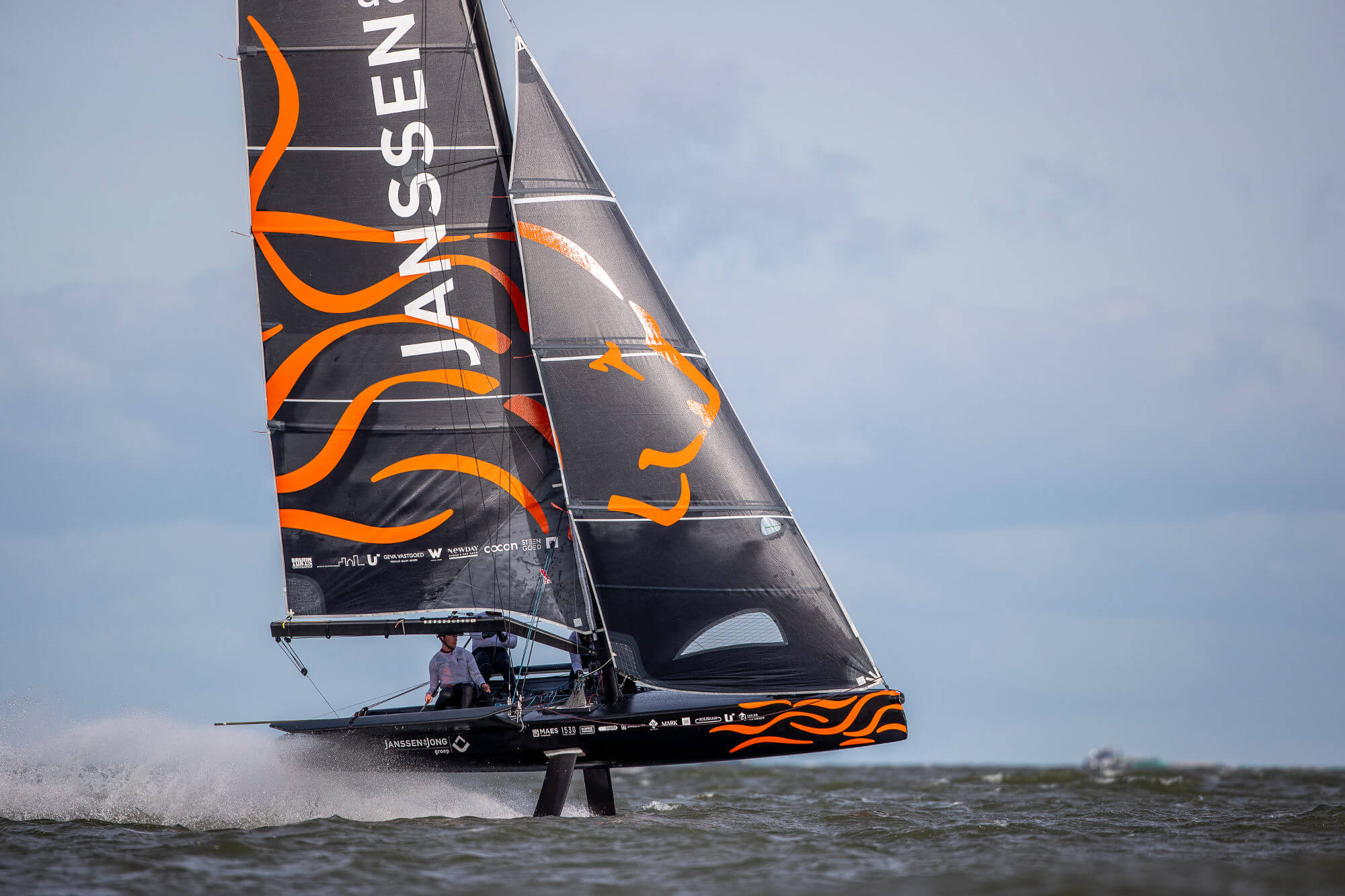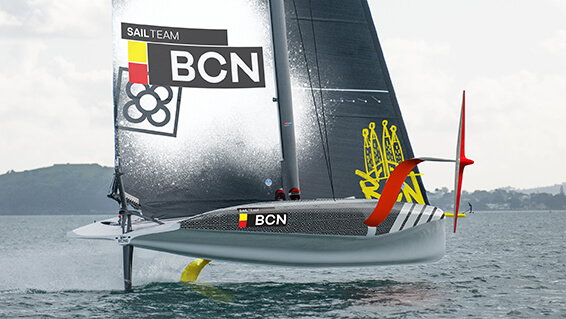
The AC40 is equipped with cutting-edge software systems that provide sailors with real-time data and insights to optimize the boat’s performance. These advanced systems require a deep understanding of the technology and how to effectively utilize the data to gain a competitive advantage.
Sensor Systems: The AC40 is equipped with an array of sensors that collect data on various parameters such as wind speed, boat speed, foil angle, and sea state. Sailors need to be proficient in interpreting the data from these sensors to make strategic decisions on foil adjustments, sail trim, and boat handling. Performance Analysis Tools: The AC40’s software systems include sophisticated performance analysis tools that enable sailors to analyze the boat’s performance in real-time and compare it with historical data. This allows sailors to identify strengths and weaknesses in their sailing strategy and make adjustments to optimize performance.
The AC40 is equipped with a complex hydraulic system that controls various aspects of the boat, including the foils, wing sail, and rudder. Sailors must have a deep understanding of how the hydraulic controls work and how to operate them efficiently to optimize the boat’s performance
Predictive Analytics: The AC40’s software systems also use predictive analytics to anticipate changes in wind and sea conditions, enabling sailors to make proactive decisions on sail trim, foil adjustments, and boat handling. This requires a deep understanding of how the boat’s performance is affected by changing conditions and the ability to interpret complex data to make informed decisions.
Automated Controls: The AC40’s software systems also include automated controls that adjust the boat’s foils, wing sail, and other systems based on pre-set parameters and real-time data. Sailors need to understand how these automated controls work and how to effectively utilize them to optimize performance.
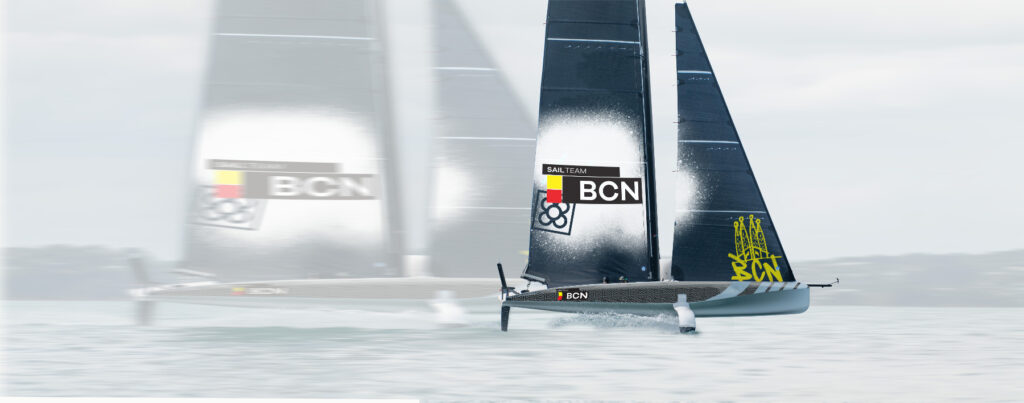
Manual Control: Navigating the Fine Balance between Technology and Human Skill In comparison to the AC40, the AC75 relies more on manual control, requiring sailors to rely on their skill, experience, and instincts to optimize the boat’s performance. This requires a different set of skills and expertise compared to sailing the AC40. Manual Foil Adjustments: Unlike the AC40, which has automated foil controls, sailors on the AC75 need to manually adjust the foil angle based on their judgment and experience. This requires a deep understanding of hydrodynamic forces, wind and sea conditions, and the boat’s performance characteristics to make precise foil adjustments.
Manual Sail Trim: Sailors on the AC75 also need to manually trim the sails to optimize performance. This requires a keen eye for sail shape, understanding of aerodynamics, and constant adjustments based on changing conditions. Human Decision-Making: While the AC40’s software systems provide real-time data and insights, sailors on the AC75 rely more on their human decision-making skills. This includes strategic decisions on sail trim, foil adjustments, boat handling, and tactics based on their experience, intuition, and observations. Optimizing Performance: Balancing Technology and Human Expertise Sailing an AC40, with its advanced software systems, and sailing an AC75, with more manual control, both require unique skill sets and expertise. However, the key to optimizing performance in both cases is finding the right balance between technology and human expertise.
Understanding the Technology: Sailors need to have a deep understanding of the boat’s software systems, including sensor data interpretation, performance analysis tools, predictive analytics, and automated controls. This requires constant learning, training, and staying updated with the latest advancements in technology. Applying Human Expertise: Sailors also need to rely on their skill, experience, and instincts to make informed decisions based on the data provided by the boat’s software systems. This includes understanding the nuances of foil adjustments, sail trim, boat handling, and tactics, and making strategic decisions based on changing conditions.
